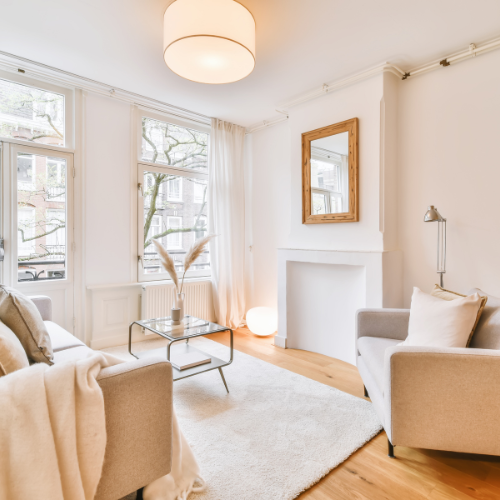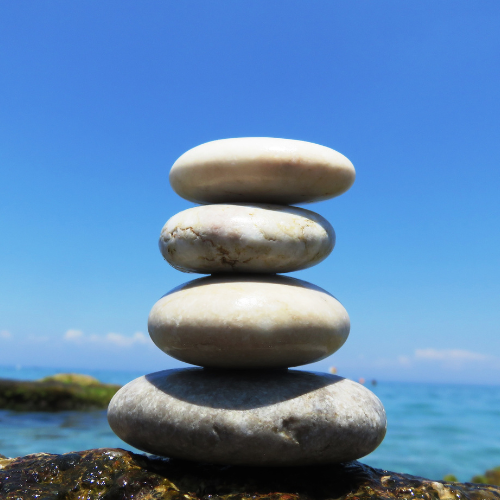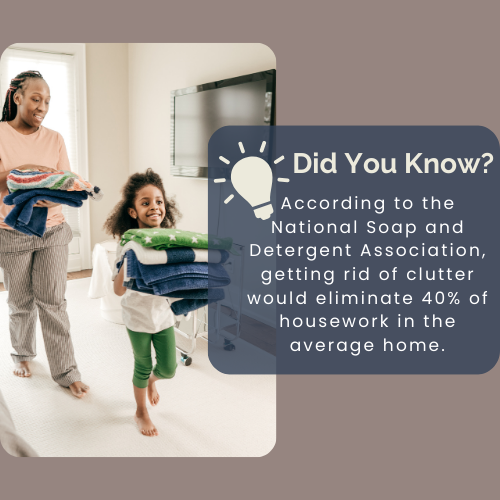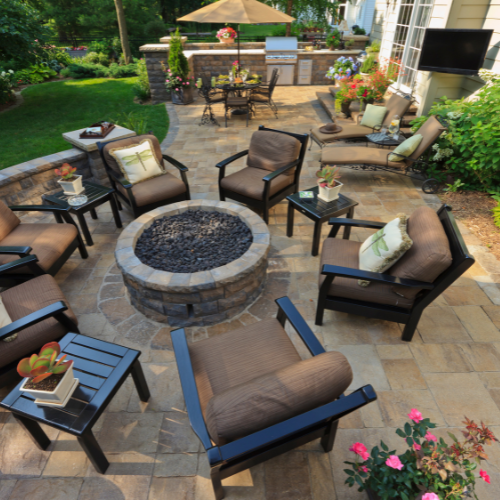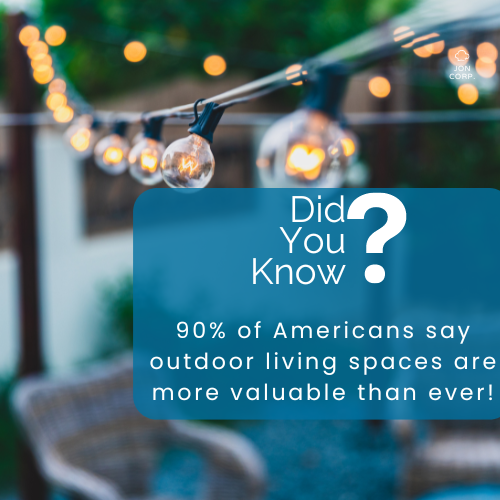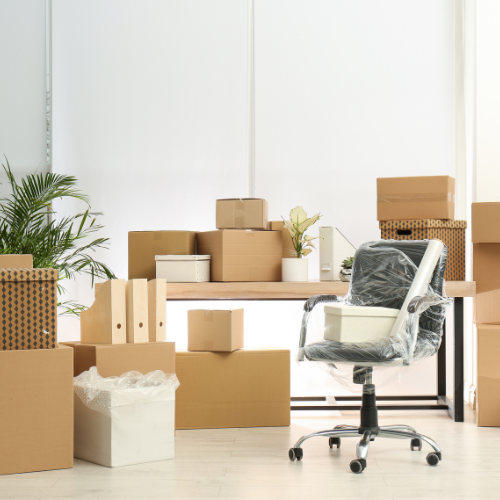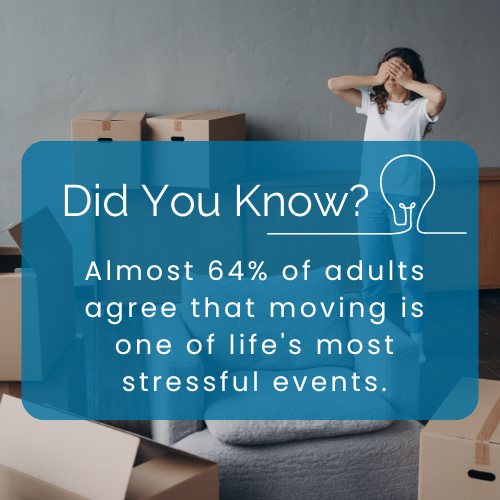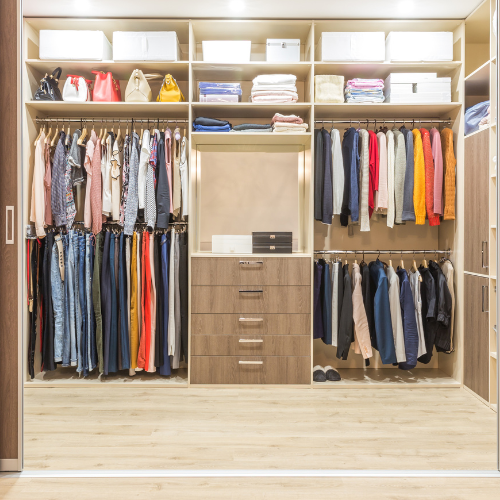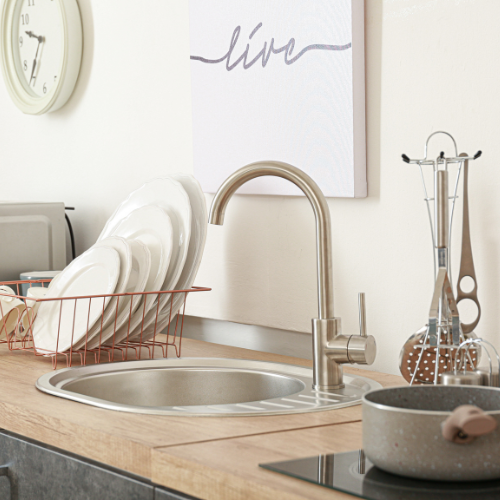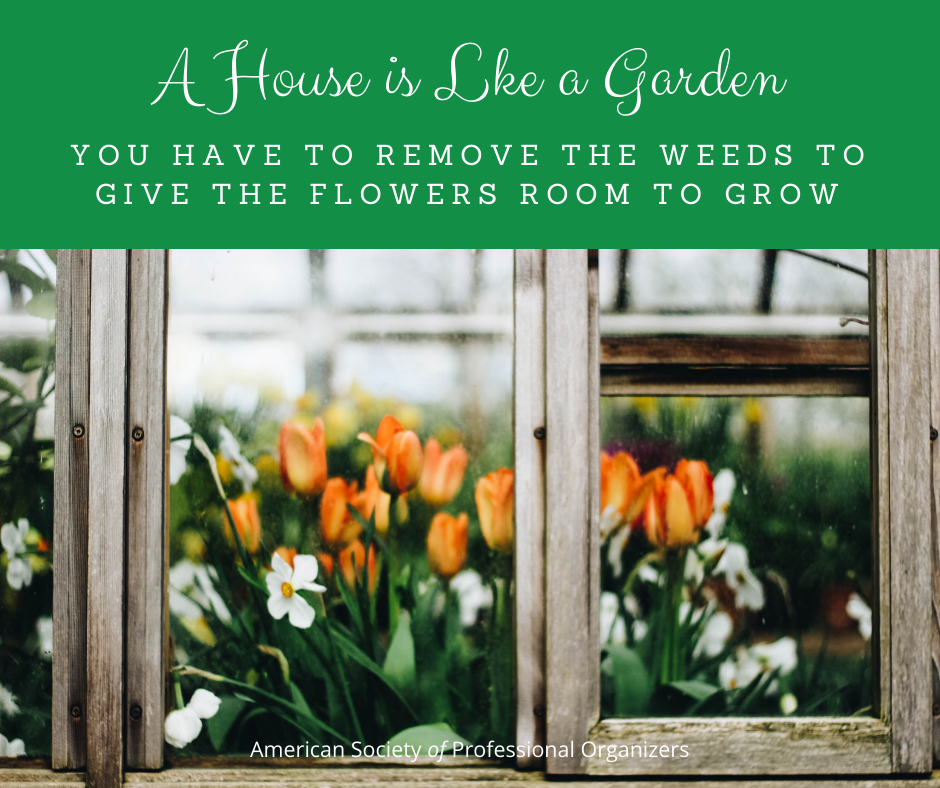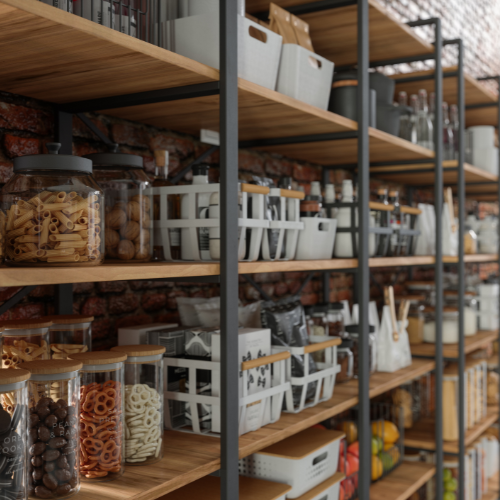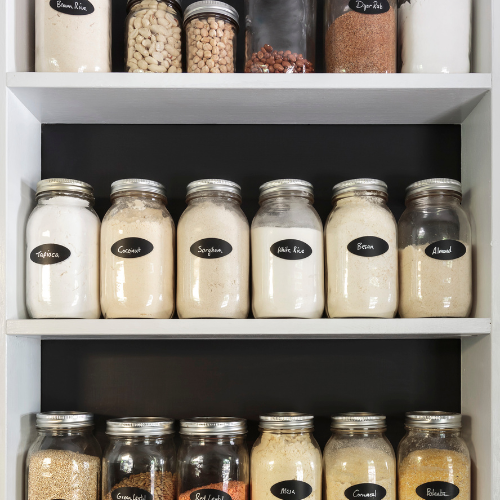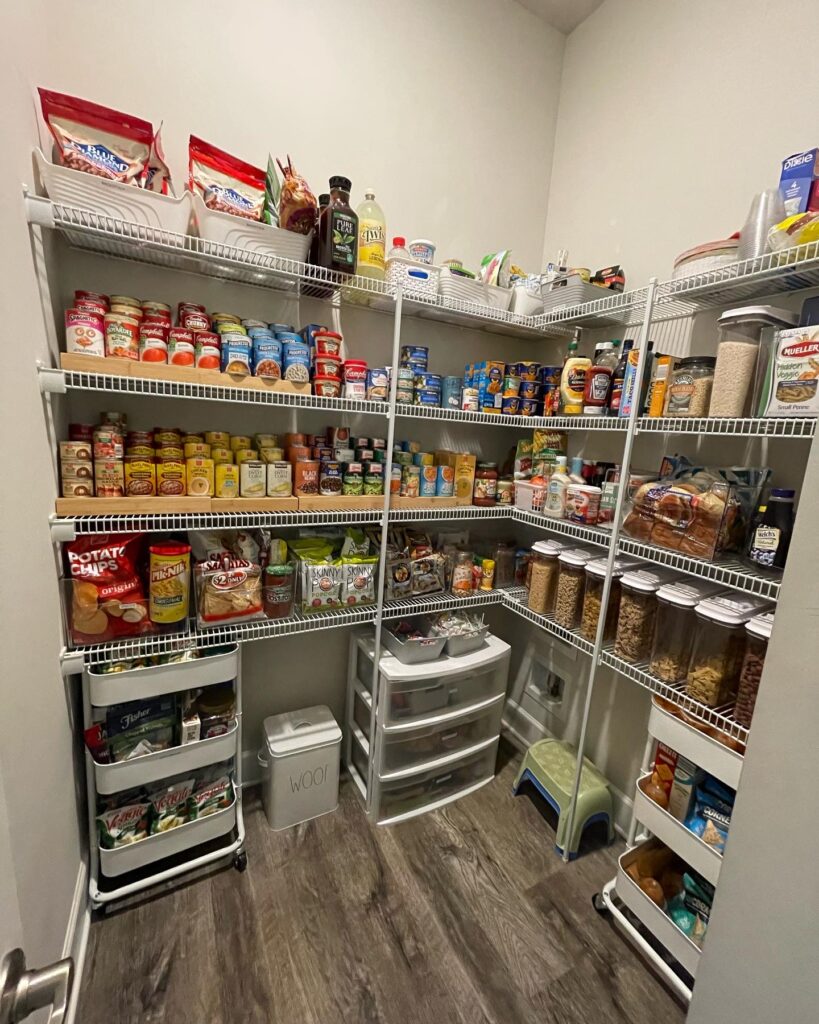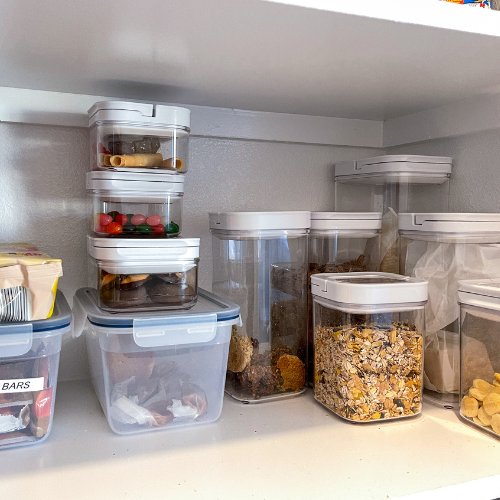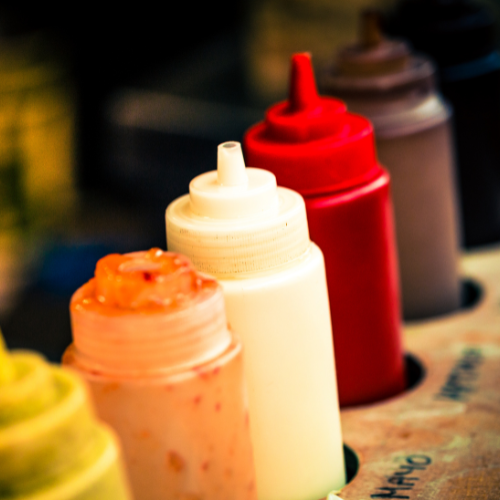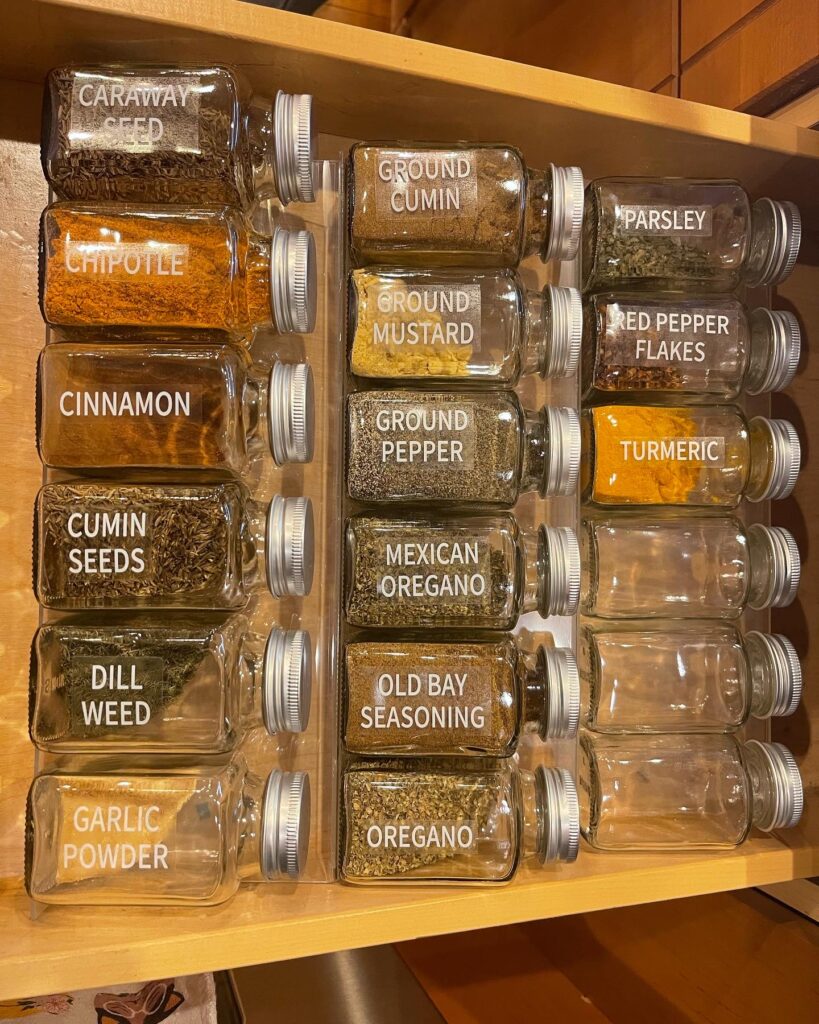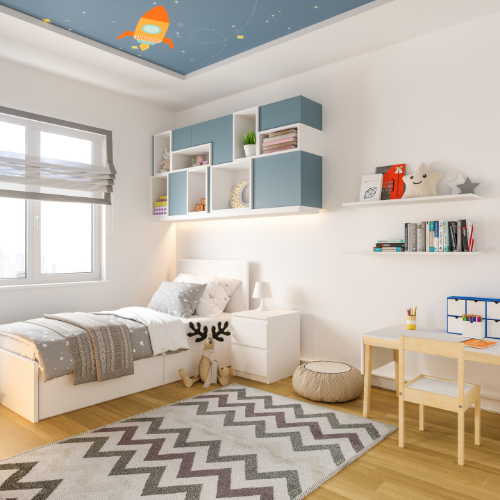
Summer break is quickly coming to a close, and it’s time to begin prepping for the new school year. This can be both an exciting and overwhelming time for you and your kids. It can be hard to say goodbye to the laid back days of summer. The time off likely led to overall disorganization in your kid’s room, play areas, and maybe even throughout the home. Clutter is a normal side effect of summer break. As you begin to prepare for a new school year, helping your kids create a clutter-free, organized environment, especially in their personal spaces can set the stage for academic success and personal growth. We are sharing our top tips to reset your nest and get the kids’ room organized for the school year ahead.
4 Steps to Declutter & Organize Kids’ Rooms
Step 1: Work With Your Child
Involving your kids in the process of decluttering and organizing their things is essential to teaching them important life skills. It helps them have a sense of control and requires them to use decision making skills when choosing what to keep, donate and trash. They will also likely gain more responsibility in caring for their belongings and space if included in the process.
You can add a little excitement to make this more fun and interesting for your child. Use a timer to see how much they can get done in a certain amount of time. Most kids’ love a good challenge and will work hard to win!
Step 2: Sort & Categorize
Decluttering the room is the best first step to organization. Have your keep, donate and trash boxes ready to be filled. When sorting their clothes and shoes, place anything that doesn’t fit or no longer suits their style in the donate or trash box. Once this process is done, you will have a better idea of what is needed when back to school shopping.
When sorting the books and toys, encourage your child to let go of anything that they don’t enjoy playing with or have outgrown. Have them help decide where to take their donations. There are many schools and organizations that can get great benefit from gently used toys and books.
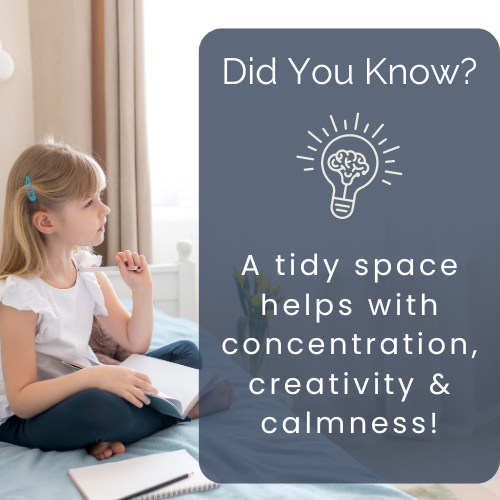
Step 3: Organized Storage Solutions
Now that you have decluttered and only have the keep items remaining, it’s time to organize. Creating and using storage systems will not only help to get organized, but will be imperative to helping your kid stay organized. Labeled baskets and bins are great for small toys and art supplies. Use shelves for books and decorative items.
In the closet, group similar clothing items together – pants, shirts, etc. Have hanging clothes within reach for your child. Use those labeled baskets and bins for accessories or folded clothing. Don’t forget to use vertical storage, and even the inside of closet doors if needed, to maximize the space. Not only will this help keep the closet looking great, but will help your kid get ready each morning with little hassle and stress.
Step 4: Maintenance Schedule
The key to really making all this hard work pay off for you and your kids is to create a routine to regularly maintain the organization. Pick a time in the evening to have a quick 10 minute cleanup. Keep the time consistent, for example after homework is finished or before dinner. Setting clear expectations can really help your child. Have them place all items in their clearly designated homes they helped create. This will keep the room clean and clutter free, while allowing for an organized fresh start to their day each morning.

Pro-organizer Tip
Have a designated “drop zone” for all daily items needed for school like their book bag, jacket, and shoes. Make returning these items to their proper place part of the evening clean up routine. No one wants to start their day off searching for a missing shoe when it’s time to leave, right?
If you need a hand decluttering and organizing your home, we’re here to help!
Are you local to Winston-Salem, North Carolina and surrounding areas?
Contact Organized Jill for a complimentary consultation.

